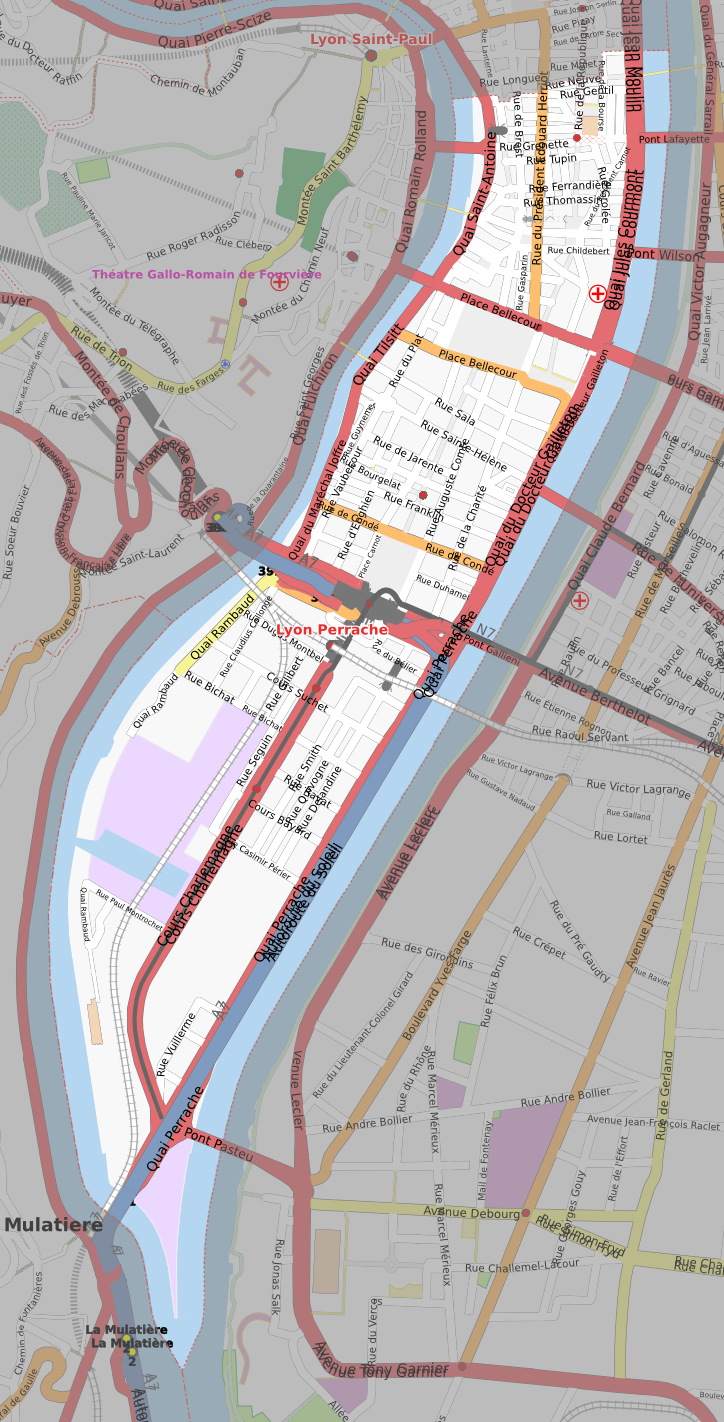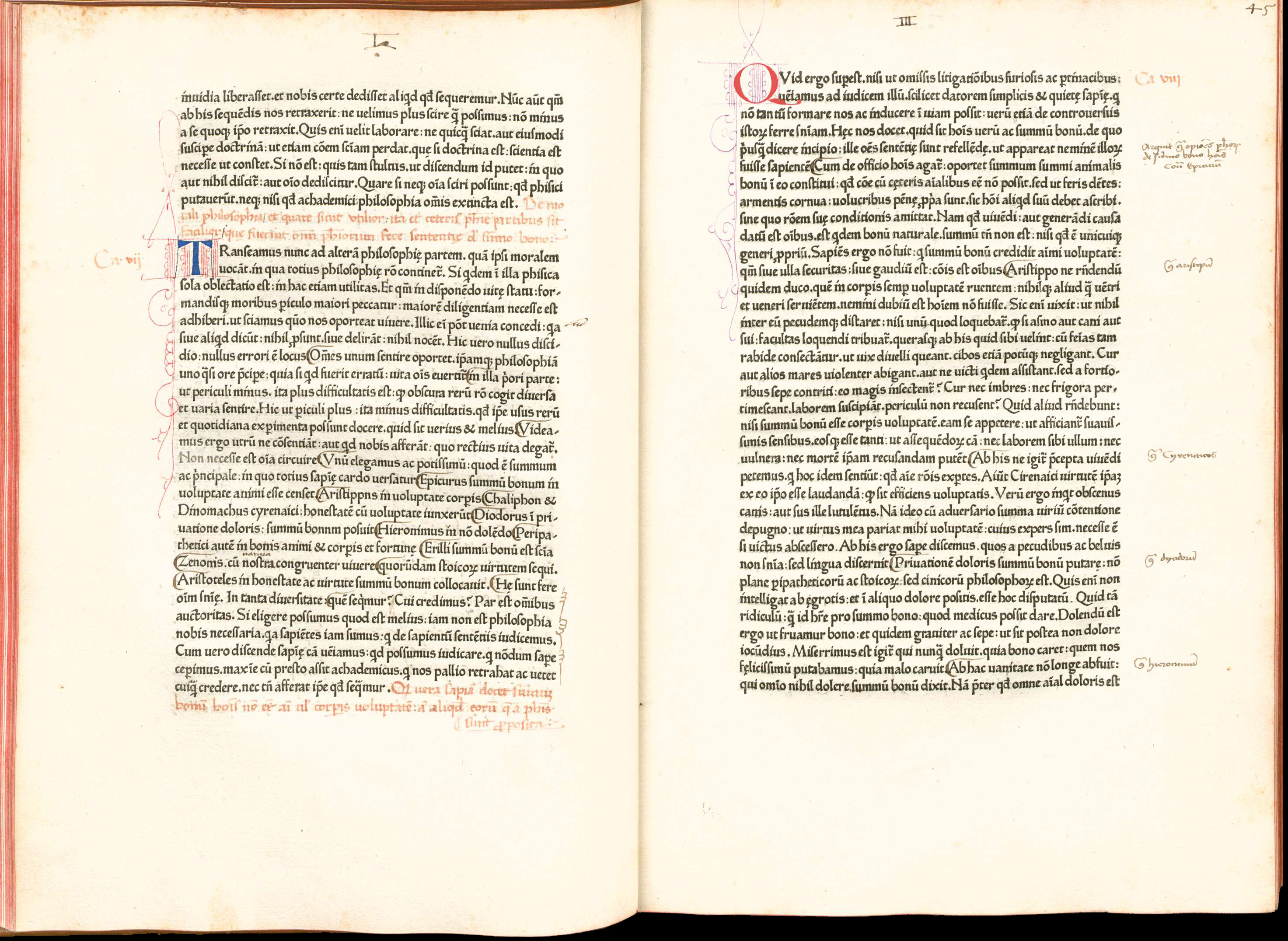|
Musée De L'Imprimerie
The Musée de l'Imprimerie is a museum in Lyon, France, with the mission of enhancing, conserving, documenting and valuing the heritage of printed books and graphic arts. The museum was inaugurated in 1964. In 2006 the ''Grand Guide Michelin France'' awarded it two stars out of three and in 2007, the museum had 16,819 visitors. History The Musee de l'Imprimerie was established in Lyon because Lyon had been a centre of printing and the book trade in Europe in the 15th and 16th centuries and the city held large historical collections of books and the graphic arts. The museum was designed by the master printer and historian Maurice Audin, with the historian of the book, Henri-Jean Martin, then chief curator of the Library of Lyon. There are two banners before the entrance of the Hôtel de la Couronne, which hosted the meetings of the City of Lyon aldermen from 1604 to 1655 and which is currently the headquarters of the Musée de l'Imprimerie, located at 13 rue de la Poulaillerie. I ... [...More Info...] [...Related Items...] OR: [Wikipedia] [Google] [Baidu] |
2nd Arrondissement Of Lyon
The 2nd arrondissement of Lyon is one of the nine arrondissements of Lyon, arrondissements of the City of Lyon. History The first five Arrondissements of Lyon, arrondissements of Lyon were created by the Decree of March 24, 1852, which included the 2nd arrondissement. The current mayor is Denis Broliquier. Geography Area and demographics The 2nd arrondissement is the most commercial and most lively ones of Lyon. * Area: * 1990 : 27,971 inhabitantsLyon 2ème arrondissemenGrandlyon.com (Retrieved May 23, 2009) * 2006 : 30,276 inhabitants * Relative density : Districts The districts (quarters) of the 2nd arrondissement are : * Les Cordeliers * Bellecour * Les Célestins * La Confluence * Ainay * Perrache (quarter), Perrache * Sainte-Blandine Streets and squares * Cours Charlemagne * Cours de Verdun * Cours Suchet * Passage de l'Argue * Palais de la Bourse (Lyon), Palais de la Bourse * Place Ampère * Place Bellecour * Place Antonin-Poncet * Place Carnot * Place de la Républiq ... [...More Info...] [...Related Items...] OR: [Wikipedia] [Google] [Baidu] |
History Of Printing
The history of printing starts as early as 3000 BCE, when the proto-Elamite and Sumerian civilizations used cylinder seals to certify documents written in clay tablets . Other early forms include block seals, hammered coinage, pottery imprints, and cloth printing. Initially a method of printing patterns on cloth such as silk, woodblock printing for texts on paper originated in China by the 7th century during the Tang dynasty, leading to the spread of book production and woodblock printing in other parts of Asia such as Korea and Japan. The Chinese Buddhist '' Diamond Sutra'', printed by woodblock on 11 May 868, is the earliest known printed book with a precise publishing date. Movable type was invented by Chinese artisan Bi Sheng in the 11th century during the Song dynasty, but it received limited use compared to woodblock printing. Nevertheless, the technology spread outside China, as the oldest printed book using metal movable type was the ''Jikji'', printed in Korea in 1377 ... [...More Info...] [...Related Items...] OR: [Wikipedia] [Google] [Baidu] |
Museums In Lyon
A museum ( ; plural museums or, rarely, musea) is a building or institution that cares for and displays a collection of artifacts and other objects of artistic, cultural, historical, or scientific importance. Many public museums make these items available for public viewing through exhibits that may be permanent or temporary. The largest museums are located in major cities throughout the world, while thousands of local museums exist in smaller cities, towns, and rural areas. Museums have varying aims, ranging from the conservation and documentation of their collection, serving researchers and specialists, to catering to the general public. The goal of serving researchers is not only scientific, but intended to serve the general public. There are many types of museums, including art museums, natural history museums, science museums, war museums, and children's museums. According to the International Council of Museums (ICOM), there are more than 55,000 museums in 202 countries ... [...More Info...] [...Related Items...] OR: [Wikipedia] [Google] [Baidu] |
Louis Moyroud
Louis Marius Moyroud (pronounced MOY-rood; February 16, 1914 – June 28, 2010) was a French-born American inventor who co-developed the phototypesetting process with Rene Alphonse Higonnet, which allows text and images to be printed on paper using a photoengraving process, a method that made the traditional publishing method of hot metal typesetting obsolete. Biography Louis Marius Moyroud was born on 16 February 1914 in Moirans, Isère, France. He attended engineering schools and received a government scholarship to study engineering at the École nationale supérieure d'arts et métiers, graduating in 1936. He served in the French Army as a second lieutenant starting in 1936, and was promoted to first lieutenant in 1939. He was hired in 1941 by LMT Laboratories, an ITT Corporation subsidiary based in Lyon.Hevesi, Dennis"Louis Moyroud Dies at 96; Helped Revolutionize Printing" ''The New York Times'', July 1, 2010. Accessed July 2, 2010. Around 1943, Higonnet visited a ... [...More Info...] [...Related Items...] OR: [Wikipedia] [Google] [Baidu] |
Johann Froben
Johann Froben, in Latin: Johannes Frobenius (and combinations), (c. 1460 – 27 October 1527) was a famous printer, publisher and learned Renaissance humanist in Basel. He was a close friend of Erasmus and cooperated closely with Hans Holbein the Younger. He made Basel one of the world's leading centres of the book trade. He passed his printing business on to his son, Hieronymus, and grandson, Ambrosius Frobenius. Biography Froben was born in Hammelburg, Franconia. After completing his university career at Basel, where he made the acquaintance of the famous printer Johann Amerbach (c. 1440 — 1513), Froben established a printing house in that city about 1491, and this soon attained a European reputation for accuracy and taste. In 1500, he married the daughter of the bookseller Wolfgang Lachner, who entered into a partnership with him. It was part of Froben's plan to print editions of the Greek Fathers. Between 1496 and 1512 he was in a printing alliance together with Amerbach, ... [...More Info...] [...Related Items...] OR: [Wikipedia] [Google] [Baidu] |
Aldus Manutius
Aldus Pius Manutius (; it, Aldo Pio Manuzio; 6 February 1515) was an Italian printer and humanist who founded the Aldine Press. Manutius devoted the later part of his life to publishing and disseminating rare texts. His interest in and preservation of Greek manuscripts mark him as an innovative publisher of his age dedicated to the editions he produced. His ''enchiridia'', small portable books, revolutionized personal reading and are the predecessor of the modern paperback. Manutius wanted to produce Greek texts for his readers because he believed that works by Aristotle or Aristophanes in their original Greek form were pure and unadulterated by translation. Before Manutius, publishers rarely printed volumes in Greek, mainly due to the complexity of providing a standardized Greek typeface. Manutius published rare manuscripts in their original Greek and Latin forms. He commissioned the creation of typefaces in Greek and Latin resembling the humanist handwriting of his time; type ... [...More Info...] [...Related Items...] OR: [Wikipedia] [Google] [Baidu] |
Arnold Pannartz And Konrad Sweynheim
Arnold Pannartz and Conrad Sweynheym were two printers of the 15th century, associated with Johannes Gutenberg and the use of his invention, the mechanical movable-type printing press. Backgrounds Arnold Pannartz was, perhaps, a native of Prague, and Conrad Sweynheym of Eltville near Mainz. Gottfried Zedler believed (''Gutenberg-Forschungen,'' 1901) that Sweynheym worked at Eltville with Johannes Gutenberg in 1461–1464. Whether Pannartz had been connected with Sweynheym in Germany is not known. It is certain that the two brought Gutenberg's invention, the mechanical movable-type printing press, to Italy. Pannartz died about 1476, Sweynheym in 1477. Printing work The Benedictine abbey of Subiaco was the cradle of Italian printing. Probably Cardinal Giovanni Turrecremata, who was Abbot ''in commendam'' of Subiaco, summoned the two printers there. They came in 1464. The first book that they printed at Subiaco was a Donatus; it has not, however, been preserved. The first book p ... [...More Info...] [...Related Items...] OR: [Wikipedia] [Google] [Baidu] |
Guillaume Rouillé
Guillaume Rouillé ( la, Gulielmus Rovillium; 15181589), also called Roville or Rovillius, was one of the most prominent humanist bookseller-printers in 16th-century Lyon. He invented the pocket book format called the ''sextodecimo'', printed with sixteen leaves to the folio sheet, half the size of the octavo format, and published many works of history and poetry as well as medicine, in addition to his useful compilations and handbooks. Rouillé was born in Tours. Though he was a Frenchman, he served his apprenticeship in the Venetian printing-house of Gabriele Giolito de' Ferrari, and retained his connections with Venice as a source of texts after his arrival in Lyon around 1543. Among his works was the French translation by Barthélemy Aneau of Andrea Alciato's pioneering emblem book, which formed part of a major publishing venture in Lyons by the team of Guillaume Rouillé and his printer Macé Bonhomme, 1549, which extended to translations in Italian and Spanish. Rouillé al ... [...More Info...] [...Related Items...] OR: [Wikipedia] [Google] [Baidu] |
Jean De Tournes
Jean de Tournes (1504 – 1564) was a French printer, book publisher and bookseller, and the founder of a long-lasting family printing business. From 1559 he was the , printer to the French king. Life Jean de Tournes was born in Lyon in 1504. He was apprenticed in the printing workshop of Gaspard and Melchior Trechsel, and then worked for about ten years as a compositor in the workshops of Sébastien Gryphe. In 1542 de Tournes set up his own shop, where from 1547 until 1563 he was in partnership with his son-in-law Guillaume Gazeau. He was a learned humanist, and published accurate editions of works of both ancient and modern authors. Until 1547 he employed the engraver Georges Riverdy for illustrated works; after that date he used the noted engraver Bernard Salomon. He converted to Protestantism in about 1545. Jean de Tournes died of plague in Lyon on 7 September 1564. He was succeeded in the business by his son Jean de Tournes. In 1585 the family and the printing wor ... [...More Info...] [...Related Items...] OR: [Wikipedia] [Google] [Baidu] |
Sébastien Gryphe
Sebastian Gryphius (french: Sébastien Gryphe; c. 1492, in Reutlingen – 1556, in Lyon) was a German bookseller-printer and humanist. Biography He was the son of Michael Greyff (Greif, Gryff, Gryph), and learned from him the new craft of printing, in Germany and then in Venice. Around 1520 he came to Lyon and settled there, on behalf of a Venetian firm of booksellers. Initially Gryphius mostly published works on law and administration, in Gothic script. He then moved to Latin classics. He also translated classical Greek authors into Latin. He published his contemporaries Erasmus, Guillaume Budé and Poliziano. In 1536 he went into business with Hugues de la Porte, who financed him in an independent venture. He founded ''l'Atelier du Griffon'', with a griffin mark. Around this time he introduced the Italic type of Aldus Manutius. In the 1540s he was the highly reputed 'Prince of the Lyon book trade'. He promoted the local humanist culture, and his books were prized for thei ... [...More Info...] [...Related Items...] OR: [Wikipedia] [Google] [Baidu] |






